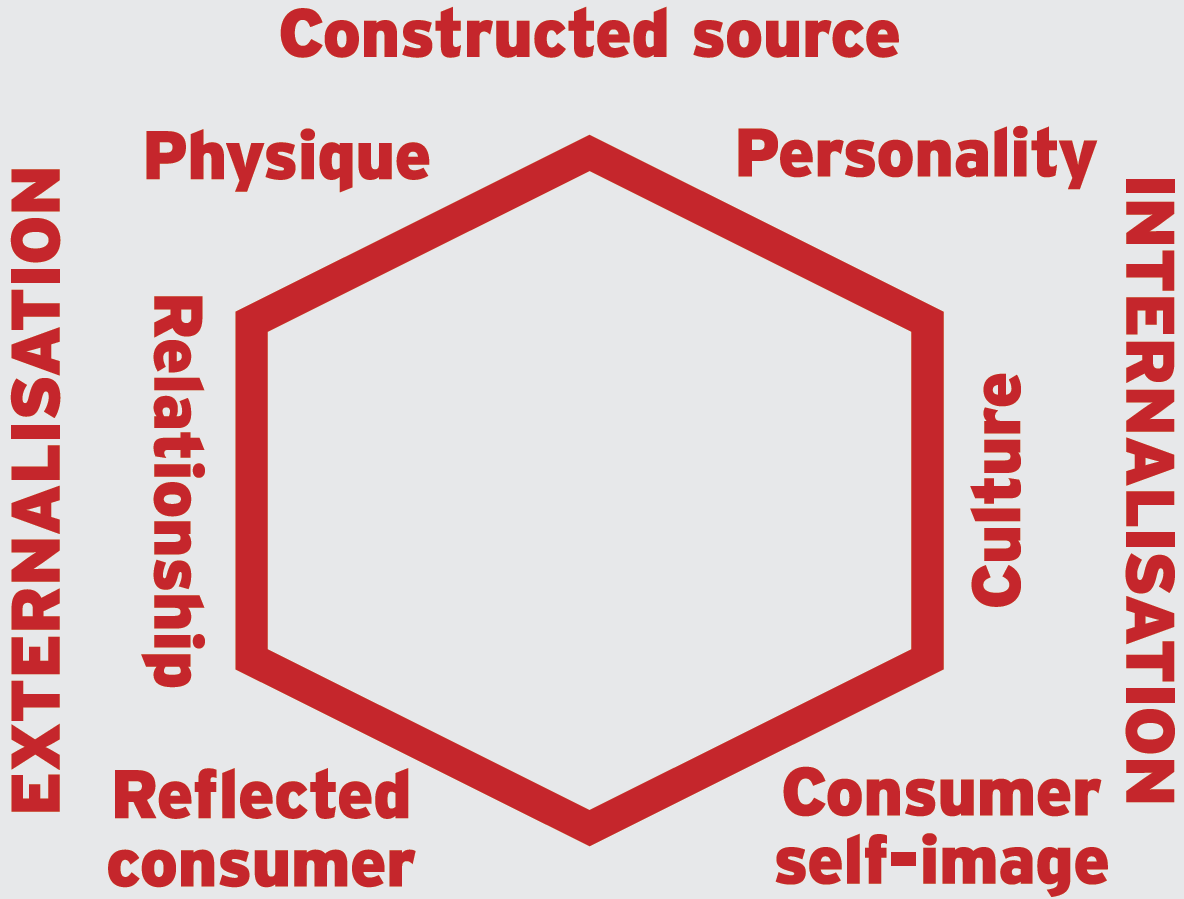Model answers
A practical piece this month, on brand models, which is something I often get asked about.
What is the best shape for a brand model?
The standard clever-person’s answer is that the model doesn’t matter a hoot, but what goes into it does. I’m not sure it’s that simple. Content may be paramount, but form counts too, if only for symbolic reasons. Since branding is about doing, I like a model with momentum – an arrow shape is good, especially if you put ‘Brand Idea’ in the pointy bit.
What is a brand idea?
Glad you asked. It is the link between the internal strategic codification and its ultimate expression outwards, to the world. Pithy, motivating and brief – and therefore a natural contender for a slogan – your brand idea should be the single thought that unites everything across all communications and behavioural channels. Sometimes called ‘controlling idea’ or, more in hope than expectation, ‘big idea’.
Which boxes should always be in the model?
Brand belief, role of brand, your consumer’s ‘idealised self’, five big facts, tone of voice, values, brand idea.
What – no ‘essence’?
The word comes from the Latin, Esse: ‘to be’. Perhaps that is why essence statements tend to be so passive, often expressed as a single, inert quality. ‘Brand essence: care.’ What is anyone supposed to do with that?
I prefer ‘brand belief’ as the statement at the heart of the brand, since it evokes an arc of connection with the world. Start by writing, “This brand believes….” and see where you end up. Aim for something that is at once bigger than, and yet related to, your category. And don’t fret about losing your current single-noun essence – if it is worthy it will become part of the belief statement, where it will team up with energetic verbs and charismatic adjectives, and lead a much more active life than it does right now, just sitting there all alone, sort of exuding.
How do we avoid repetition when we’re filling in the model?
Don’t. Repetition is a sign of internal consistency, and is far preferable to using the model as a dumping ground for everyone’s disparate ideas.
What is the maximum number of values will people actually remember?
Three – and even then, only if senior managers are seen to live by them.
Should we fill in the model using the language of the target audience?
In other words, if it’s for a pub chain, should it be written the way they talk in the Dog and Duck? Let’s take this to its logical conclusion: a model for a brand dedicated to nurturing happy babies would contain phrases such as, “ouyeeee… burp!… agagaga… agagaGA”. Brand models are for professionals, and the language should reflect that.
How do I get agencies to keep to the brand model and stop reinventing it?
Acquire a big stick and rehearse menacing expressions in the mirror. There really is no other way.
A brand model is a vital marketing tool – the crystallisation of everything the brand does, what makes it unique, and what it means and stands for in the eyes of the people with which it engages. There are lots out there – footprints, eggs, bulls’-eyes, pyramids, onions – and the three often-cited ones below:
Kapferer’s prism Developed by Jean-Noël Kapferer, a Professor at HEC Paris, it is an old favourite for lovers of complexity. This hexagonal model has no central nexus, but does include ‘brand culture’ instead of the more classic ‘values’.

Kapferer prism model represents brand identity
Unilever’s key Probably the best known of the bespoke, corporate approaches. It features ‘essence’ at the heart of the model – at one point the fashion was for single-word brand essence statements that the brand would attempt to ‘own’.
Aaker’s brand identity system Developed by academic and author David Aaker, this one’s got the lot, demanding a thorough analysis and a series of precise inputs. It is also one of the few that goes beyond a mere description of the target audience to define the brand-customer relationship.
